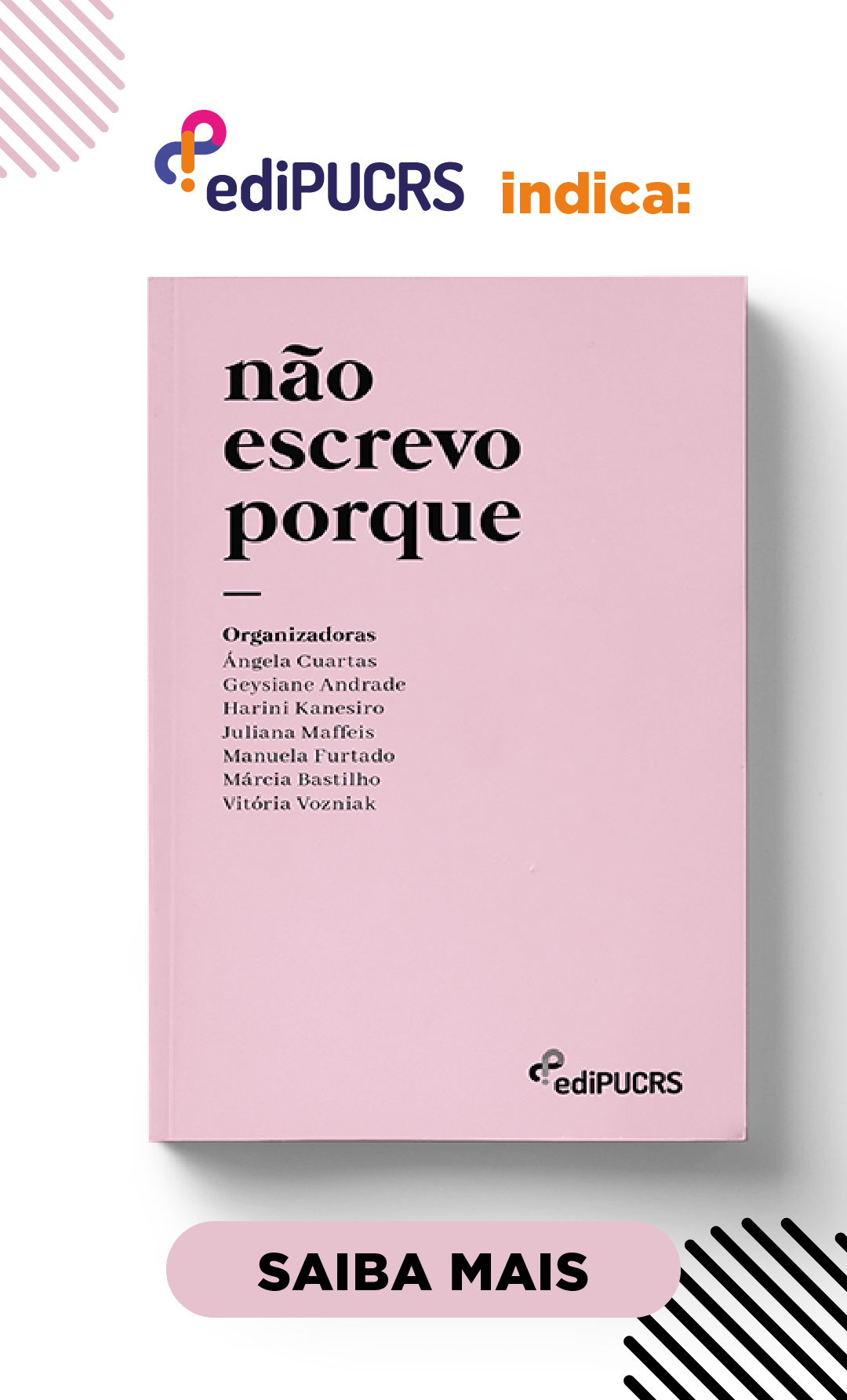Arquitetura in absentia no conto "Catedral", de Raymond Carver
DOI:
https://doi.org/10.15448/1984-7726.2020.1.36394Palavras-chave:
Écfrase, Intermidialidade, Arquitetura, Literatura Comparada, Raymond CarverResumo
A écfrase, tanto como ferramenta retórica da antiguidade quanto como recurso literário, é um procedimento (inter) midiático que atua no cruzar de fronteiras entre a literatura e outras formas de manifestações artísticas, tais como pintura, escultura e arquitetura. Ao fazer uma edificação presente em uma obra literária, a écfrase é capaz de elucidar não somente espaços construídos familiares, mas também lugares nunca vistos antes. Esse é o caso de “Catedral” (1980), do autor estadunidense Raymond Carver, em que o simbolismo dos efeitos provocados pela tentativa, por parte do narrador ateu, de fazer o personagem cego ver uma obra arquitetônica religiosa, televisionada em um documentário, por meio de um desenho costuma ser lido como uma virada no pessimismo mordaz da obra do autor. Assim sendo, a partir da noção de écfrase como fenômeno midiático (VIEIRA, 2017) e do estudo de transferência de características entre mídias (ELLESTRÖM, 2010, 2014, 2017), o objetivo desse ensaio é discutir de que maneira a mídia arquitetura se faz presente (ou não) no conto “Catedral”.Downloads
Referências
AUSLANDER, Philip. Theory for Peformance Studies. New York: Routledge, 2008.
BRUHN, Jørgen. What is mediality, and (How) does it matter? Intermediality and Narrative Literature: Medialities Matter. London: Palgrave Macmillan, 2016, p.13-40.
BRUHN, Jørgen. “This beats Tapes, Doesn’t it?”: Women, Cathedrals, and Other Medialities in Raymond Carver’s “Cathedral”. Intermediality and Narrative Literature: Medialities Matter. London: Palgrave Macmillan, 2016, p.61-82.
CARVER, Raymond. “Catedral”. IN: 68 contos de Raymond Carver, tradução Rubens Figueiredo, São Paulo, Companhia das Letras, 2010, p. 622-637.
CARVER, Raymond. “Cathedral” (1981). Disponível em <http://www.giuliotortello.it/ebook/cathedral.pdf>. Acesso em 30 de outubro, 2019.
CLARK, Kenneth (1969). “The Great Thaw”, episódio 2. Civilisation: A Personal View. London: BBC and John Murray. Disponível em <https://www.youtube.com/results?search_query=BBC+Kenneth+Clark%27s+Civilisation>. Acesso em 30 de outubro, 2019.
CLÜVER, Claus. A new look at an old topic: ekphrasis revisited. Todas as Letras, São Paulo, v. 19, n. 1, p. 30-44, 2017.
CLÜVER, Claus. Ekphrasis and Adaptation. IN: LEITCH, Thomas. The Oxford Handbook of Adaptation Studies. New York: Oxford U P, 2017, p.459-476.
ELKINS, James. The Poetics of Perspective. Ithaca: Cornell University Press, 1994.
ELLESTRÖM, Lars. Media, Modality and Modes. London: Palgrave, Macmillan, 2010.
ELLESTRÖM, Lars. Media Transformation: The Transfer of Media Characteristics among Media. Houndmills: Palgrave Macmillan, 2014.
ELLESTRÖM, Lars. Midialidade: ensaios sobre comunicação, semiótica e intermidialidade. Porto Alegre: EdiPUCRS, 2017.
FLUDERNIK, Monika. Description and Perspective: the Representation of Interiors. Style, v. 48, n. 4, p. 461-478, Winter 2014.
GENTRY, Marshall and STULL, William. Conversations with Raymond Carver. Jackson and London: U P of Missisipi, 1990.
GLASER, Stephanie. “Space, Time and Narrative: The Literary Unfolding of Architecture”, em Text-Architekturen: Die Baukunst der Literatur, Robert Krause e Evi Zemanek (org.), Berlin, Boston, De Gruyter, 2014, p. 13-30.
HEMINGWAY, Ernest. Death in the Afternoon (1932). New York: Scribner Classics, 1999a.
HEMINGWAY, Ernest. Ernest Hemingway On Writing. Ed. Larry Phillips. New York: Scribner Book Company, 1999b.
MARTINS, Paulo. Uma visão perigmática sobre a écfrase. Revista Clássica, v.29, n.2, p.163-204, 2016.
MIDDLETON, Peter. High visibility: Images of ethical life in The Tragic Muse and Raymond Carver's “Cathedral.” Rethinking History: The Journal of Theory and Practice v. 2, .3, p. 331-8, 1998.
RASMUSSEN, Steen E. Arquitetura vivenciada. Tradução de Álvaro Cabral. São Paulo: Martins Fontes, 2002.
VIEIRA, Miriam de Paiva. Écfrase: de recurso retórico na antiguidade a fenômeno midiático na contemporaneidade. Todas as Letras, São Paulo, v. 19, n. 1, p. 45-57, 2017.
VIEIRA, Miriam de Paiva. Écfrase arquitetônica: um modelo interpretativo. Aletria, Belo Horizonte, v. 27, n. 2, p. 241-260, 2017.
Downloads
Publicado
Como Citar
Edição
Seção
Licença
Copyright (c) 2020 Letras de Hoje

Este trabalho está licenciado sob uma licença Creative Commons Attribution 4.0 International License.





